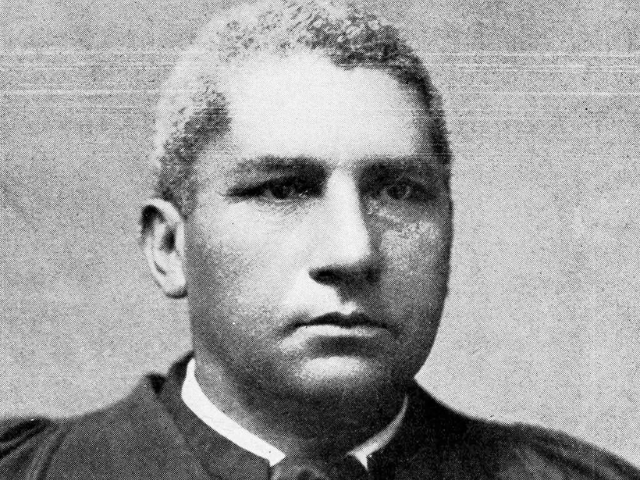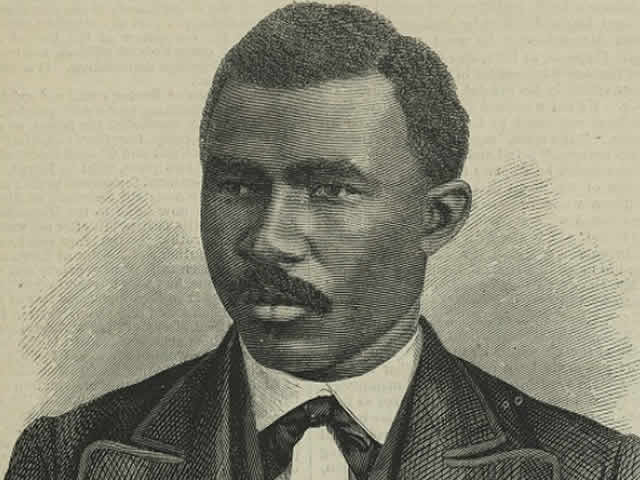Search StudySC for people, places, history, and ideas.
StudySC – Know where you live.
Explore South Carolina through StudySC! Learn about your community, South Carolina history, and the people who have made a significant impact on the state and the world.
SC Subjects by Grade Level
South Carolina People
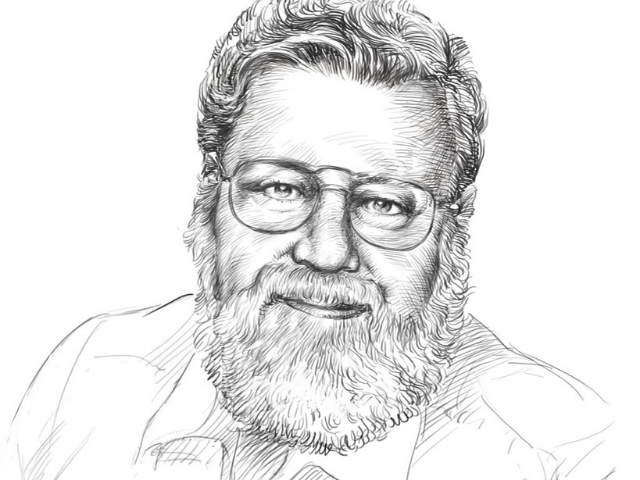
Dave Cockrum
Dave Cockrum is most known for being the creator of Marvel's X-Men characters, Thunderbird, Colossus, Nightcrawler, and Storm.
South Carolina Counties
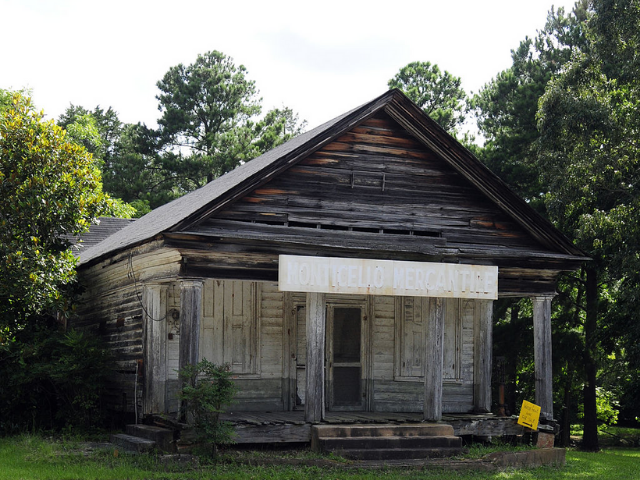
Fairfield County
The origin of Fairfield's name is not known, but local legend attributes it to a remark by Lord Cornwallis about the "fair fields" of the area. The county was formed in 1785 as a part of the Camden District.
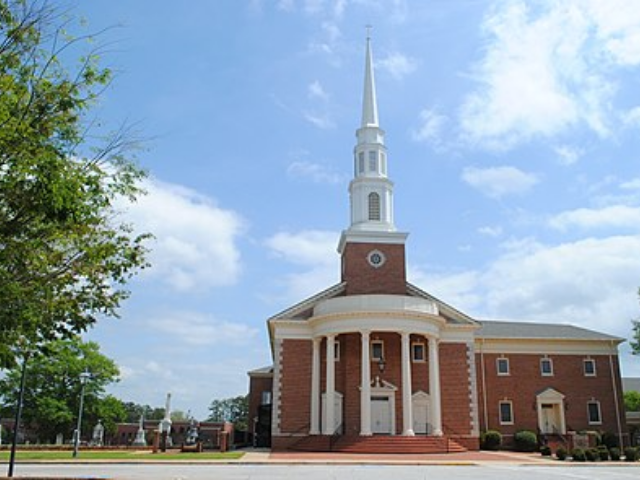
Anderson County
Anderson County and its county seat, Anderson, were named for Revolutionary War general Robert Anderson (1741-1812).
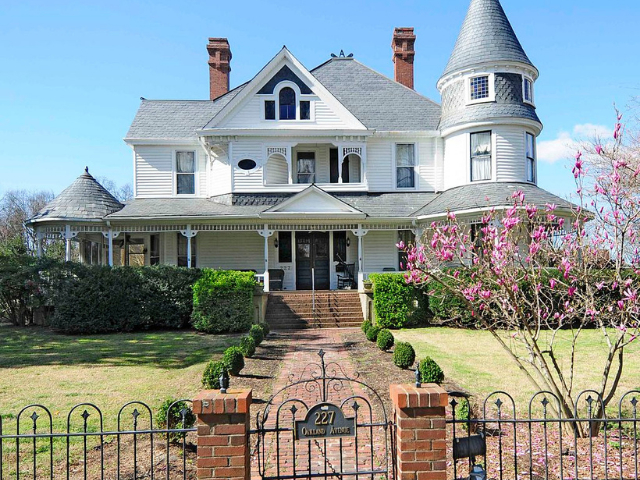
York County
York County and its county seat, the city of York, were named for York County, Pennsylvania.
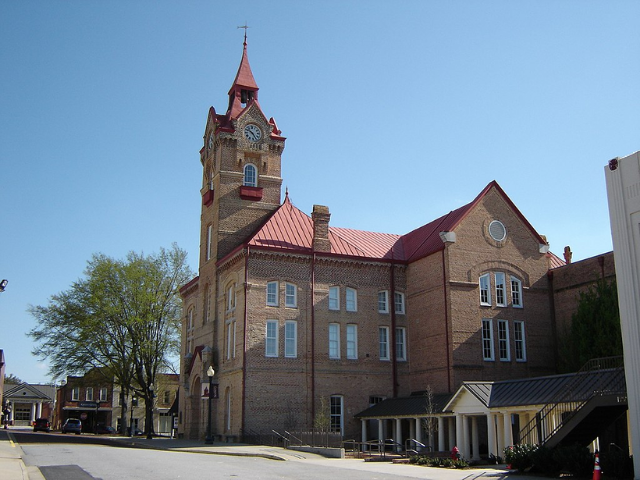
Newberry County
The origin of the name Newberry is unknown. The county was formed in 1785 as a part of the Ninety Six District.
South Carolina Facts
South Carolina State Stone
Blue Granite is a type of igneous rock that is one of the hardest substances in the world. The Blue Granite was designated as the official State Stone by Act Number 345 of 1969. Surprisingly, South Carolina was known to have been one of the nation's top producers of granite.
South Carolina Glossary
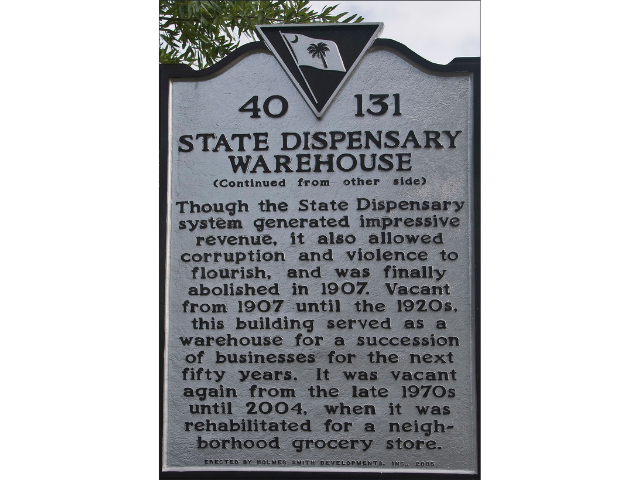
dispensary
(noun) - a state-run monopoly on liquor sales in South Carolina which operated from 1893 to 1907 statewide and until 1916 in some counties. All liquor sold in the state were required to be bottled and dispensed through state-run facilities.
Copyright © 2024. All rights reserved.

